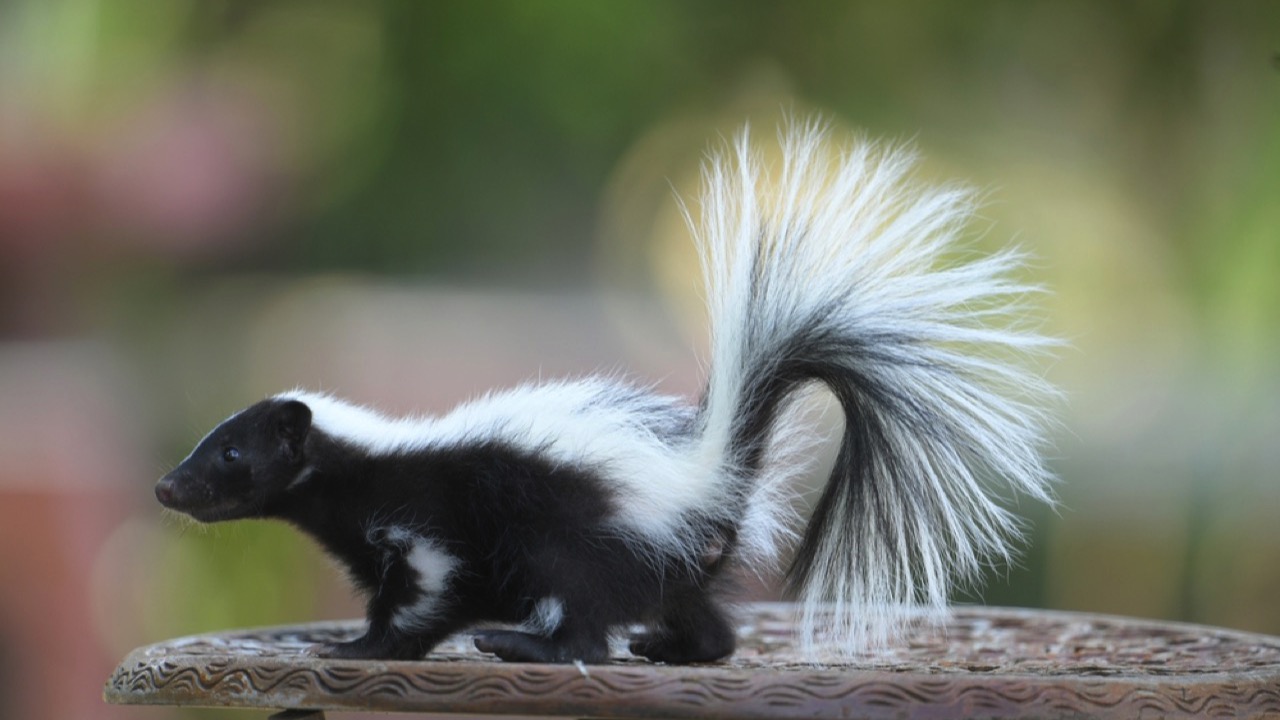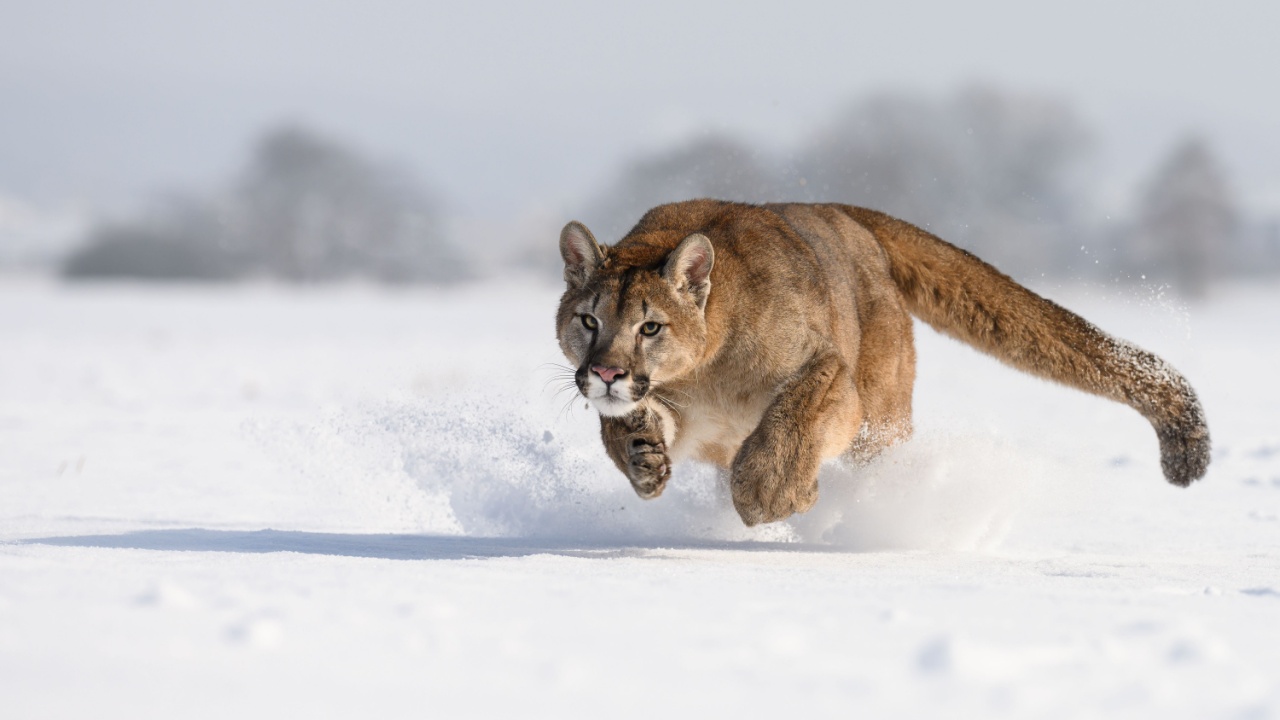You might be surprised to learn that your backyard is home to some seriously dangerous creatures! From venomous snakes to disease-carrying insects, it’s important to be aware of the potential risks lurking just outside your door. Here are 18 dangerous animals that could be living in your backyard right now.
1. Ticks

Ticks are tiny arachnids that spread deadly diseases if they bite you. Two types to especially avoid are the deer tick, which can transmit Lyme disease, and the lone star tick, which can cause a severe allergy to red meat. Always check yourself and your pets for ticks after spending time outdoors.
2. Black Widow Spiders

The black widow is a venomous spider known for the distinctive red hourglass shape on its abdomen. Their toxins can be deadly, causing severe pain, muscle cramps, and difficulty breathing. Black widows tend to hide in dark, sheltered places like woodpiles or sheds.
3. Rattlesnakes

Rattlesnakes are venomous snakes found throughout North America. The eastern diamondback is considered the most dangerous, with a potent venom that can cause severe pain, hemorrhaging, and even death. If you hear a distinctive rattling sound, back away slowly and carefully.
4. Brown Recluse Spiders

The brown recluse is another venomous spider found in the U.S. Their bites can cause necrotic skin lesions that rot away skin and flesh over time. Brown recluses are nocturnal and reclusive, hiding in dark, undisturbed areas during the day.
5. Rabid Animals

Rabies is one of the deadliest neurotropic viruses, causing brain inflammation that is almost always fatal once symptoms appear. Many backyard animals like raccoons, skunks, foxes and bats can potentially carry rabies. Avoid any wild animals acting strangely or aggressively.
6. Alligators

American alligators are large, powerful reptiles found in the southeastern U.S., especially Florida. They have incredibly strong jaws and can run up to 20 mph on land for short distances. Alligators usually avoid humans but may attack if threatened or if their nest is disturbed.
7. Fire Ants

Fire ants are aggressive, venomous insects known for their painful stings. They attack in swarms when their nest is threatened, stinging repeatedly. Fire ant stings cause an intense burning sensation and can trigger dangerous allergic reactions in some people.
8. Scorpions

Scorpions are arachnids with venomous stingers on the end of their tails. While most North American scorpions aren’t deadly, their stings can be extremely painful, like being branded with a hot iron. Scorpions often hide under rocks, wood, or debris.
9. Coyotes

Coyotes are adaptable canines that now live in many urban and suburban areas. While attacks on humans are rare, coyotes may prey on outdoor pets or livestock. They can also carry rabies and other diseases. Never feed or approach coyotes.
10. Copperhead Snakes

Copperheads are venomous pit vipers with a distinctive copper-colored head. Their bites are rarely fatal to humans but can be extremely painful and cause tissue damage. Copperheads are well-camouflaged and prefer to hide rather than confront threats.
11. Wasps and Hornets

Wasps and hornets are known for their painful stings and aggressive behavior when their nests are disturbed. Some people can have severe allergic reactions to their venom, leading to anaphylaxis and even death if untreated. Be cautious around wasp and hornet nests, and call a professional if one needs to be removed.
12. Cougar (Mountain Lion)

Cougars, also known as mountain lions or pumas, are large, powerful cats found in western North America. While attacks on humans are rare, cougars can be dangerous if they feel threatened or are protecting their young. If you encounter a cougar, make yourself look big, make noise, and slowly back away.
13. Poisonous Plants

While not an animal, many common backyard plants can cause serious harm if ingested or touched. Some examples include poison ivy, poison oak, and poison sumac, which can cause severe skin irritation and rashes. Other plants like oleander and castor bean are highly toxic if ingested.
14. Mosquitoes

Mosquitoes are not only annoying but can also transmit serious diseases like West Nile virus, Zika virus, and malaria. To protect yourself, use insect repellent, wear long sleeves and pants, and remove standing water where mosquitoes can breed.
15. Snapping Turtles

Snapping turtles are large, powerful turtles with sharp beaks and long necks. They can be aggressive if they feel threatened and deliver a painful bite. Snapping turtles are often found in ponds, lakes, and slow-moving rivers.
16. Feral Hogs

Feral hogs, also known as wild boars, are invasive species in many parts of the U.S. They can be aggressive and cause significant damage to property and ecosystems. Feral hogs have sharp tusks and can weigh up to 400 pounds, making them a formidable threat.
17. Leeches

Leeches are blood-sucking parasites that live in freshwater habitats. While most leeches don’t pose a serious threat to humans, some species can transmit diseases or cause anemia in animals. If you find a leech attached to your skin, remove it carefully with tweezers or a flat object.
18. Centipedes

Centipedes are fast-moving, venomous arthropods with many legs. While their bites are rarely life-threatening to humans, they can be extremely painful and cause swelling and numbness. Centipedes often hide in damp, dark places like under rocks or in leaf litter.
Becky is a fervent wildlife enthusiast and pet care expert with a diploma in canine nutrition. Her love for animals stretches beyond the domestic, embracing the wild tapestry of global fauna. With over a decade of experience in animal welfare, Becky lends her expertise to OutlandishOwl through insightful articles, captivating wildlife information, and invaluable guidance on pet nutrition. Her work embodies a deep commitment to understanding the intricate lives of animals and a passion for educating others on sustaining natural habitats. Becky's hands-on conservation efforts and her knack for translating complex dietary science into practical pet feeding tips make her an indispensable voice for creatures great and small.




